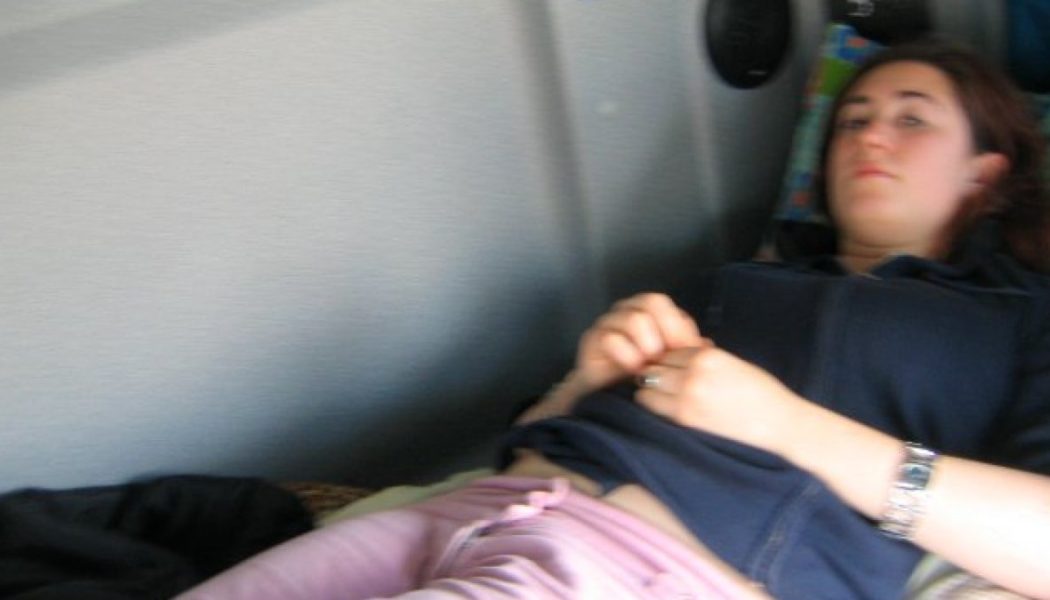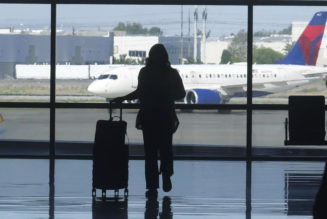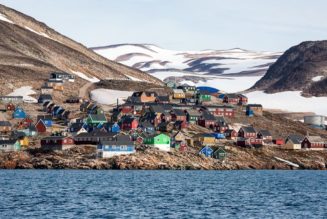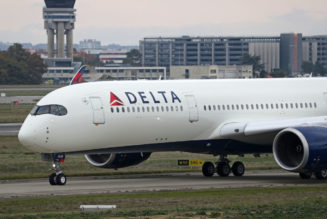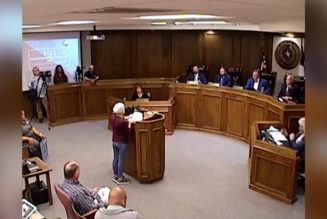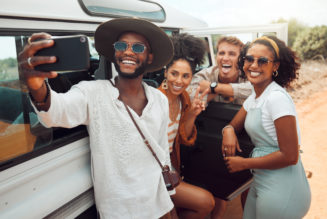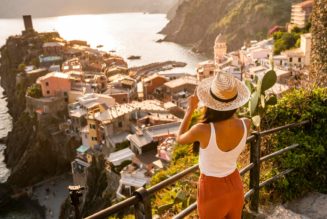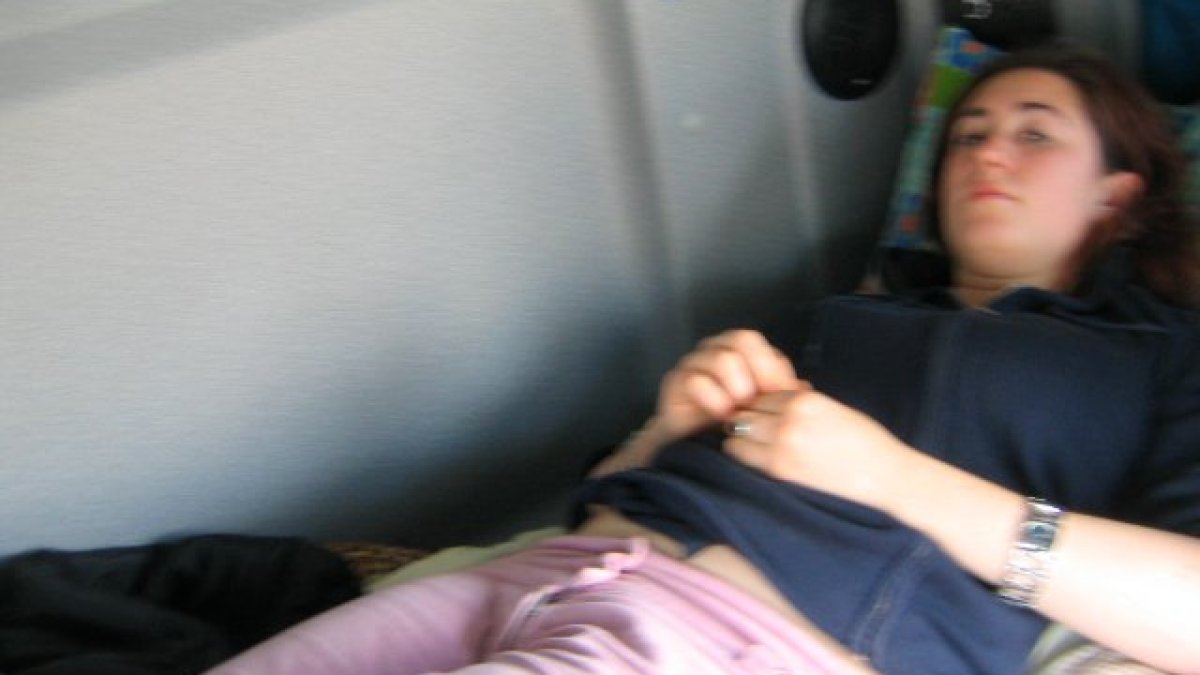
Among the remaining bits of photographic evidence of a 2005 hitchhiking trip through Turkey is a shot of me lying in the back of the cab of a Turkish freight truck, clad in the same pink corduroy pants and blue sweater that I had been wearing for months. My hands are folded across my stomach, my eyebrows are raised, and the background is grey. The photo is blurry, having been taken while the truck was in motion by my hitchhiking companion Amelia, who had gotten the passenger’s seat for that portion of the trajectory.
It is not, in other words, a picture that would elicit any interest whatsoever in the current social media age – in which Instagram, Facebook, and the like have assumed the realm of reality and converted existence into a marketing competition to see whose life looks better on screen.
Travel influencers and other digital personalities expend all manner of time, resources, and photo-editing tools to produce images that are supposedly spontaneously and organically enchanting. Often, the images come accompanied by captions and hashtags underscoring the projected perfection of it all.
And yet that Turkish truck photo, despite its sparse plainness and lack of aesthetic appeal, does so much more for me personally than contemporary travel shots that are almost monotonous in their staged vibrancy. For one thing, it takes me back to a time when you could just see and do things without obsessing over how to properly curate the moment for diffusion on social media.
The value of that moment in 2005 was not determined by the quantity of Facebook likes, as I had neither Facebook nor a phone at the time, and my experience and recollection of the hitchhiking trip was not clouded by digital interference.
Looking at the photo now, it signifies for me so much more than its components – unleashing memories of all the many Turkish trucks Amelia and I travelled in during our hitchhiking years and all of the roadside breakfasts we shared with truck drivers, seated on plastic stools around a portable stove.
I remember hitchhiking into Syria, where two complete strangers spent the better part of their day vouching for us to the border guards in order to facilitate our entrance into the country. And I remember thumbing our way across Turkey’s Black Sea region and Cappadocia, where a woman allowed us a room in her pension in exchange for a bag of hazelnuts that someone had gifted us.
Nowadays, as any glance at the internet will confirm, Cappadocia is known for its “most Instagrammable spots” and similarly alluring travel advice that calls into question the very point of travel in the first place.
After all, there is nothing magical or educational about going to another country to take the same selfie as everyone else. But capitalism is good at casting vacuous homogeneity as happiness.
In the digital distraction that passes for life these days, a veritable industry has arisen to accommodate a spectrum ranging from nano influencers to mega influencers. The latter category features travel “social media entrepreneurs” with bazillions of followers who boast their own brands and hashtags, and who tell you what outfits to buy for the perfect selfie in Santorini.
Unfortunately, triteness sells – and one popular travel influencer brand has capitalised on the encouraging slogan: “Do not waste a minute of your life!”
Indeed, there is no better way to not waste your life than by binging on fairytale-type travel photos of glamorous people and feeling wretched about yourself.
And the social media travel landscape is only getting more cringe-worthy by the day. Last year, Forbes magazine tripped over itself in celebration of the “new travel trend: influencer-hosted trips” – which enable lowly humans to accompany influencers on “photo-worthy” jaunts and experience the sort of “bucket-list itineraries that you lust after on your social media feeds”.
According to the 19th-century American author Mark Twain, travel was an antidote to “self-conceited” attitudes – a cure for “prejudice, bigotry, and narrow-mindedness”. But in this day and age, travel under the influencers would appear to be nothing more than an exercise in self-conceit – the pursuit of an ever more narrow-minded, insular, and selfie-oriented view of the world.
I suppose I consider myself lucky to be old enough to have predated the Instagram-TikTok-YouTube era, when it was still possible to believe – at least for those of us endowed with the obscene privilege to traverse international borders at will – that the very essence of travel had not been impossibly corrupted.
In 2006, one year after the boring Turkish truck photo, Amelia and I spent various months hitchhiking around Lebanon – where, thanks to a 34-day murderous summer rampage by the United States-backed Israeli military, the “photo-worthy” opportunities were rather few and far between.
But at least I learned something about how the world works.
Now, as picture-perfect views of the world are increasingly commodified and monetised, it is not the most ideal backdrop for humanity. And as an industry predicated on utter falsity and the reduction of reality to empty images continues to flourish, it’s about time to get out from under the influencers.
The views expressed in this article are the author’s own and do not necessarily reflect Al Jazeera’s editorial stance.
